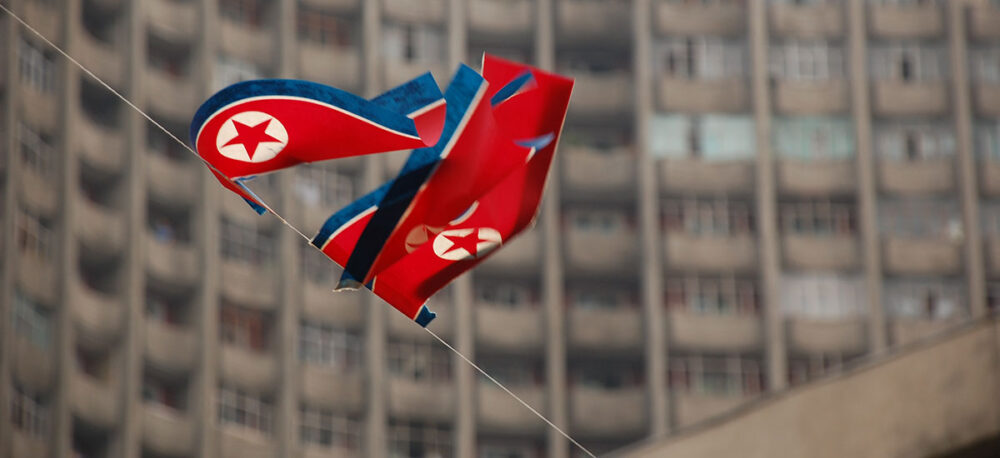North Korea launched earlier than expected, and successfully placed its second satellite into orbit.
The launch took place at 7:29 pm EST Saturday, Feb. 6, U.S. time, which was 8:59 am local time on Sunday in North Korea. It originally said its launch window would not start until Feb. 8. Apparently the rocket was ready and the weather was good for a launch.
The U.S. office that tracks objects in space, the Joint Space Operations Center (JSPOC), announced a couple hours later that it was tracking two objects in orbit—the satellite and the third stage of the launcher. The satellite was in a nearly circular orbit (466 x 501 km). The final stage maneuvered to put it in a nearly polar, sun-synchronous orbit, with an inclination of 97.5 degrees.
Because the satellite orbit and other details of the launch were similar to those of North Korea’s last launch, in December 2012, this implies that the launch vehicle was also very similar.
This post from December 2012 allows you to see the launch trajectory in 3D using Google Earth.
South Korea is reporting that after the first stage burned out and was dropped from the rocket, it exploded before reaching the sea. This may have been intended to prevent it from being recovered and studied, as was the first stage of its December 2012 launch.
The satellite, called the Kwangmyongsong-4, is likely very similar to the satellite launched three years ago. It will likely not be known for several days whether, unlike the 2012 satellite, it can stop tumbling in orbit and communicate with the ground. It is apparently intended to stay in orbit for about 4 years.
If it can communicate with the Kwangmyongsong-4, North Korea will learn about operating a satellite in space. Even if not, it gained experience with launching and learned more about the reliability of its rocket systems.
For more information about the launch, see my earlier post.
Note added: Feb. 7, 1:00 am
The two orbiting objects, the satellite and the third-stage rocket body, show up in the NORAD catalog of space objects as numbers 41332 for the satellite and 41333 for the rocket body. (Thanks to Jonathan McDowell for supplying these.)
Featured photo: Flickr user (stephan)

